20+ SAMPLE Construction Submittal
-
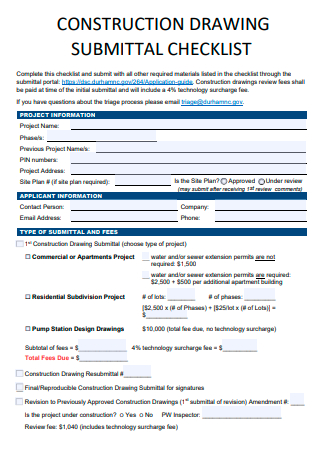
Construction Drawing Submittal Checklist
download now -
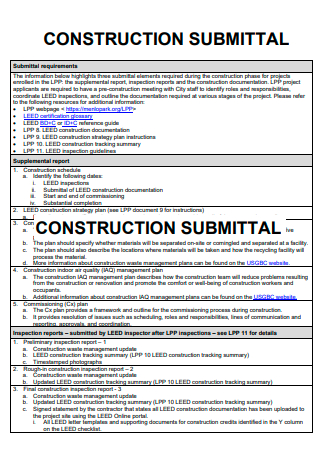
Construction Submittal Example
download now -
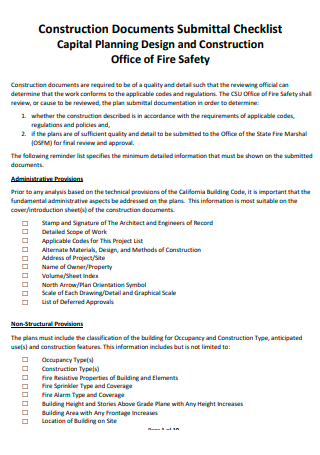
Construction Submittal Checklist
download now -
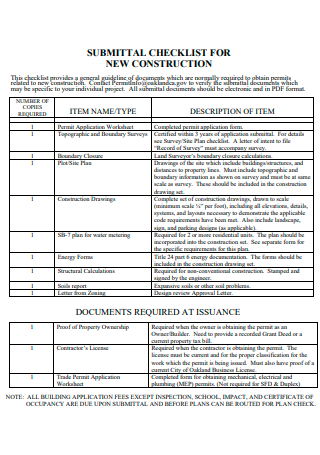
New Construction Submittal Checklist
download now -
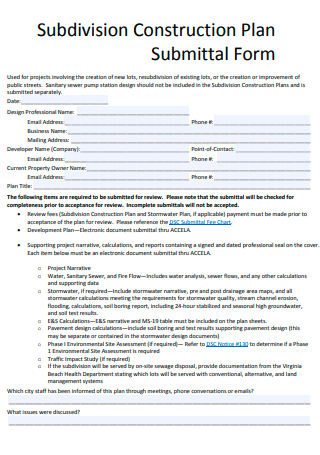
Subdivision Construction Plan Submittal Form
download now -
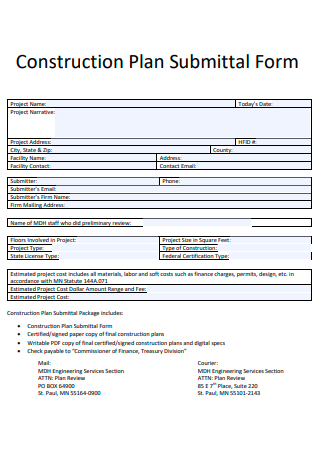
Construction Plan Submittal Form
download now -
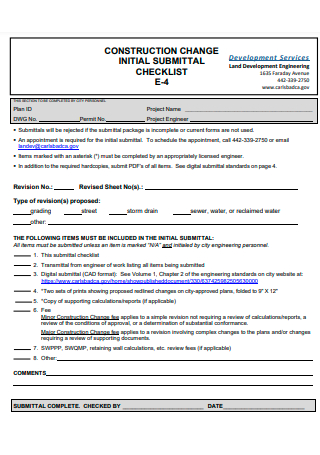
Construction Change Initial Submittal Checklist
download now -
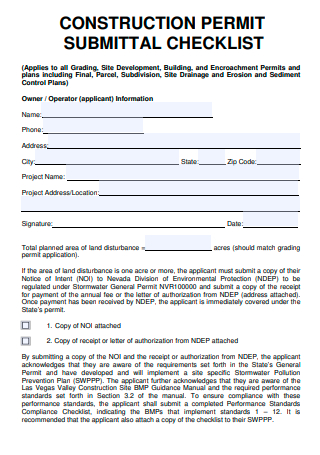
Construction Permit Submittal Checklist
download now -
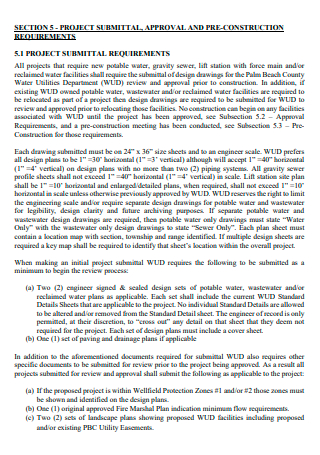
Pre-Construction Project Submittal
download now -
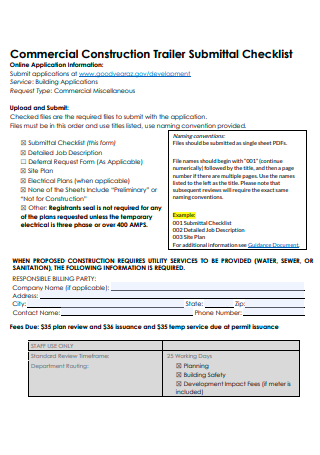
Commercial Construction Trailer Submittal Checklist
download now -
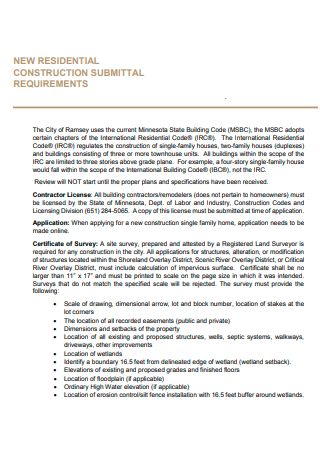
New Residential Construction Submittal
download now -

Construction Submittal Form and Application
download now -
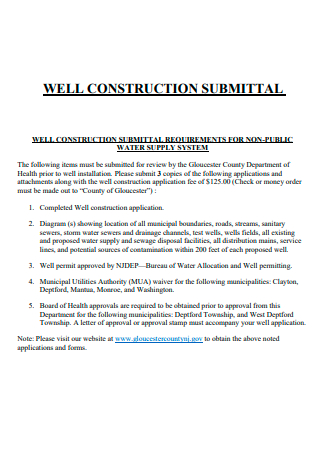
Well Construction Submittal
download now -
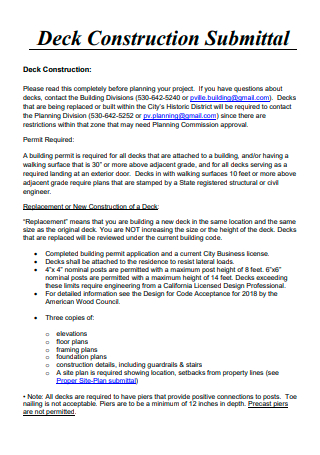
Deck Construction Submittal
download now -
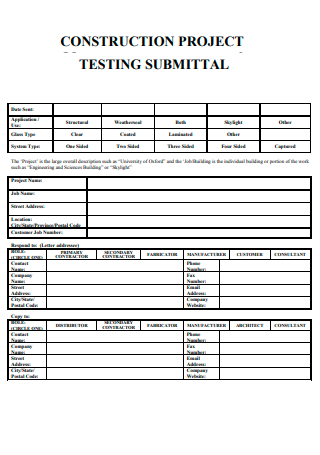
Construction Project Testing Submittal
download now -
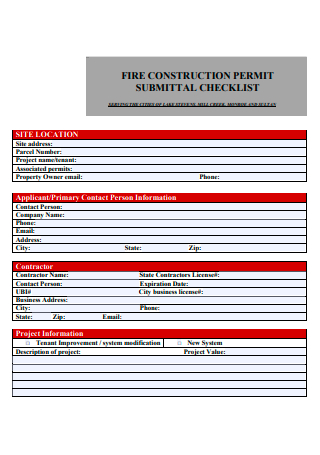
Fire Construction Submittal Checklist
download now -
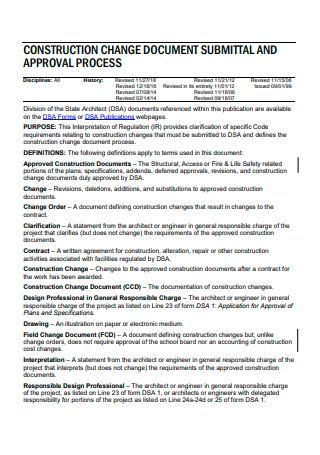
Construction Change Document Submittal
download now -

Post Construction Package Submittal Checklist
download now -
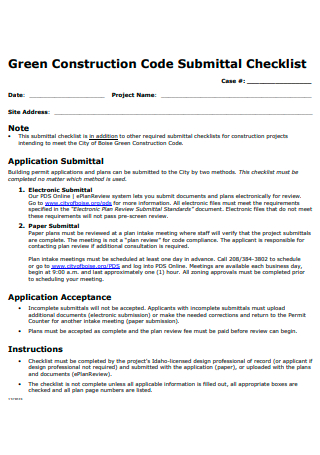
Construction Code Submittal Checklist
download now -
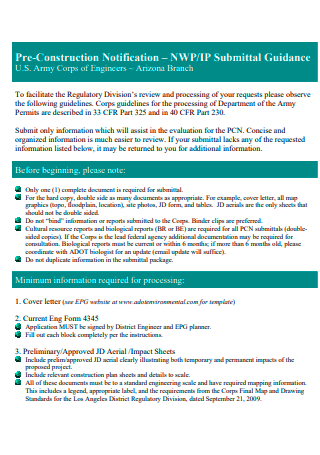
Pre-Construction Notification Submittal
download now -
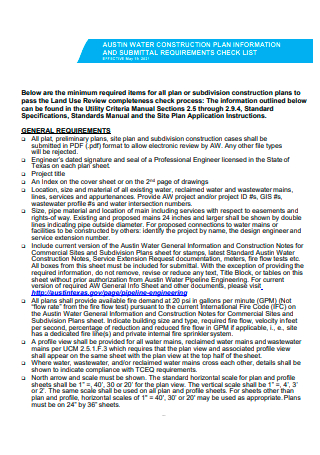
Water Construction Plan Submittal
download now
FREE Construction Submittal s to Download
20+ SAMPLE Construction Submittal
What Is a Construction Submittal?
Types of a Construction Submittal
How To Develop a Construction Submittal
FAQs
What is a construction submittal process?
What are the three types of submittals in construction?
What is the purpose of a submittal?
What Is a Construction Submittal?
In general, submittals are planning documents that individuals or groups submit to another entity, institution, organization, or person for approval or confirmation. However, when it comes to a construction submittal, the report becomes more specific. In describing construction submittals, are documents containing shop drawings, samples, production specifications, technical information, and other written or physical details that aid engineers and architects to guarantee the installation of correct items, materials, or equipment in newly structured buildings. Construction submittals are documents that provide information from a contractor to architects and engineers, requiring their approval. The construction log incorporates all the necessary details to determine the success of a proposed project timeline, line items on a construction budget, and the accuracy of project completion. Construction submittals are often available for complex construction projects. These reports must be formal and well-defined. Contracts and project specifications for large-scale projects and enterprises require a contractor to formulate well-detailed and researched construction submittal for approval before proceeding to further actions. Construction submittals are essential components for many construction plans and projects to guarantee an agreement between the safety and structure of the building.
According to the data and information from Statista and the Statista Research Department, the Turner Corporation is the construction company with the highest revenue for new construction contracts in 2021, with contracts amounting to 16 billion US dollars. The runner-up company, STO Building Group Incorporation, comes in with 11 billion US dollars in new construction contracts. With these new construction projects, contractors file construction submittals to accompany their plans.
Types of a Construction Submittal
A construction submittal is a flexible and diverse document that patterns after a specific work that a construction company is currently handling. The specialty of the contractor or subcontractor is also in consideration when developing and creating the construction submittal, along with the elements or components it includes. Despite this, there are construction submittals that incorporate similar information. The section below covers the details that individuals can find in their construction submittal documents, according to each type.
How To Develop a Construction Submittal
Construction submittals observe a defined process that guarantees the accountability of project participants to assure the smooth completion of a project, transitioning from one step to another. The review and approval process of the construction submittal guarantees the safety of the building and everyone in it, verifies the material quality, adheres to design requirements, and keeps the project on time and within budget. The submittal is a means of demonstrating and verifying the design, showing responsibility for the various parts of a project, and keeping subcontractors in check. The section below outlines the steps of developing the construction submittal document.
1. Pre-Construction Meeting or Conference
During this step of developing a construction submittal, the architect, designer, engineer, general contractor, subcontractor, and client meet together. This step of the meeting is also called a pre-submittal meeting. The purpose of conducting the team meeting is to clarify and confirm the submittal process. It details the project deadlines for delivering, reviewing, and approving submittals, resolving the format that the construction team uses, and identifying the process of producing these submittals to concerned stakeholders. The meeting guarantees that the involved parties understand the strategies and methods of working with one another and establishing lines of communication. All participants in the construction project discuss how to prevent or lessen delays, errors, and problems increasing project costs. Submittal processes must be predictable to help keep the project on schedule with a shared understanding and conformance of the contract documents.
2. Track Submittal Schedule Developments
The preparation of submittal documents is the responsibility of contractors, with engineers and architects doing the groundwork. Design teams must identify the classifications of submittals with the required technical specifications while the construction plan is in the process of drafting. Teams can use a document log or project register to capture this information. Architects and engineers can opt for no action for submittals not in the contract drawings to limit their professional liabilities. Once the general contractor produces the plans necessary, they can construct the schedule for submittals, containing the list of items requiring submittals and the submission timelines. The created plan must align with the building schedule to guarantee that architects have ample time to review submittals with construction delays. When generating the submittal schedules compute the turnaround time from architects to contractors and vice versa to make necessary changes and prioritize ordering materials for early construction.
3. Prepare the Submittal Document
A general contractor or an assigned subcontractor is responsible for preparing a construction submittal. Construction submittals are available in different types, including shop diagrams, material samples, and technical data. The contractor or subcontractor must incorporate explanations and deviations from initial construction documents in the submittal. If a subcontractor prepares the document, the general contractor initially reviews the submittal, approves the document, or returns it to the subcontractor for revisions or additional information. After the contractor’s approval, they apply a seal or stamp, either using a traditional or an electronic stamp. Contractors review the submittal’s content to guarantee that it represents field conditions or status, has correct and accurate dimensions, and meet contractual requirements.
4. Review of the Submittal Document
After the subcontractor’s preparation and the contractor’s approval, the document goes under the architect’s review, possessing legal responsibility for approval or disapproval. Each construction submittal must refer to and identify a specific building’s section. Design teams are responsible for submittal approval and the guarantee that materials and supplies comply with requirements by construction documents, including performance needs and design. Designers and consultants working on the system reviews, comments, and request changes, then forward them to a supervising engineer or architect. They are responsible for compliance checks, installation requirements, and quantity. Architects and engineers must also label each outcome or review with specifications like approved, rejected, resubmitted, reviewed, or revision. Architects must also qualify reviews using limiting language for a careful and brief explanation. At submittal meetings, there is an established approval workflow the construction documents follow before transferring back to the general contractor or subcontractor. The process is lengthy and laborious, with participants following a sequence of processes occurring in various stages and levels detailing status, comments, approvals, and rejections. Redesigning does not occur during the submittal review, and if a reviewer sees any discrepancies or revisions, the contractor or subcontractor must compose a new submittal. There must be a clear timeline for concerned parties to resubmit their submittals. The contractor or subcontractor must communicate with the engineer or architect when submitting all necessary documents without impacting the project’s completion date.
FAQs
What is a construction submittal process?
The construction submittal process is a plethora of procedures that focuses on submission and approval from subcontractors to contractors to architects for them to specify that the components of the building, especially its materials, follow requirements and specifications.
What are the three types of submittals in construction?
Generally, construction submittals are of three types; product or materials data, shop drawings, and material samples. Contractors and subcontractors submit either of the following documents for verification to match the construction requirements.
What is the purpose of a submittal?
Construction submittals contain all the necessary information that engineers and architects need to guarantee that the materials and products for building construction from subcontractors and contractors follow building specifications and requirements.
Construction submittals are vital business documents that guarantee a sound and safe structure for clients in the long run, following all the necessary building regulations and requirements set by professionals and experts in the field. When developing a construction submittal, remember to streamline information about the administrative work, provide visibility and transparency of construction documents, and focus on having advanced tracking processes for submittal items. For many contractors and architects, having a submittal log containing compiled details about various construction submittal documents helps keep track of all materials and products during construction. Generate a well-composed construction submittal by browsing through our selection of submittal templates from the article above and develop your construction document only from Sample.net!
